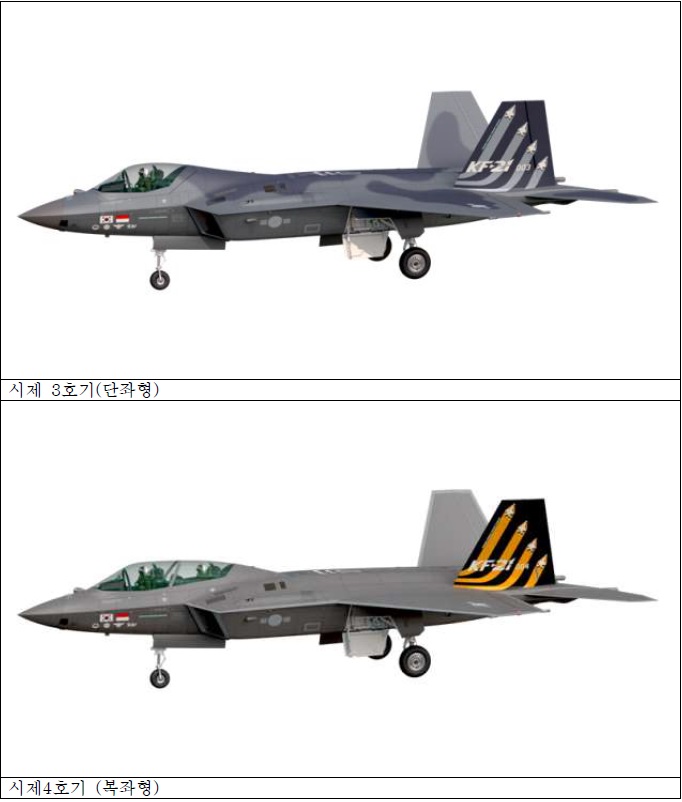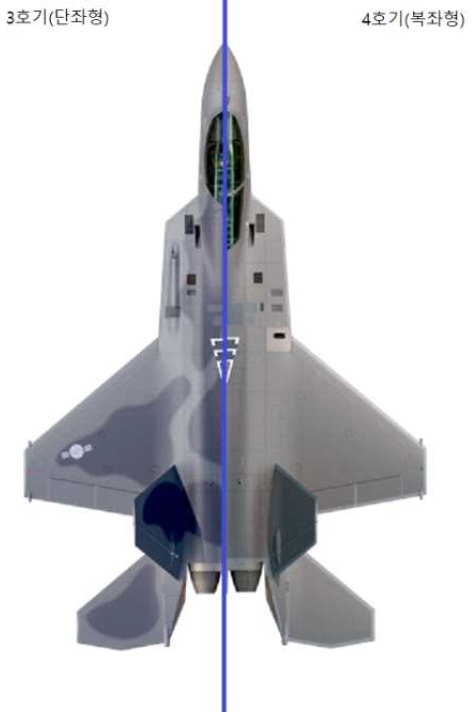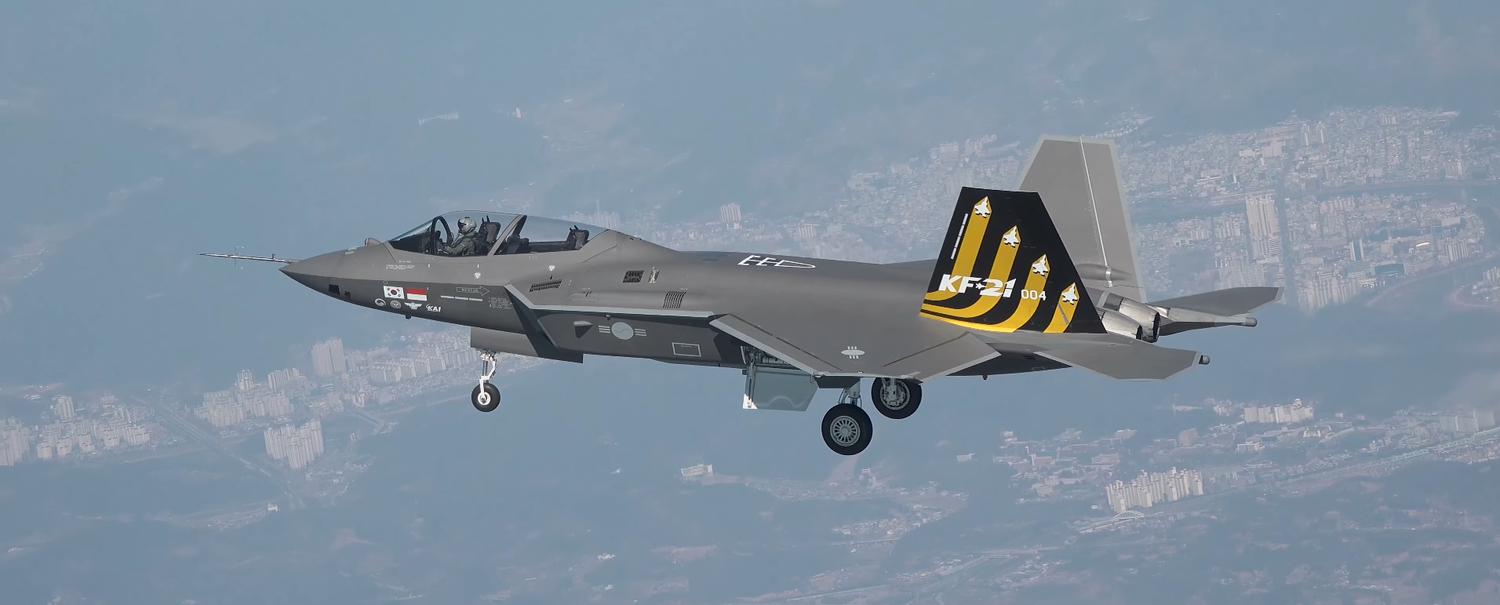Successful first flight of the tandem-seat KF-21 Boramae
The KF-21 Boramae flight test program continues to make rapid progress, reaching a new milestone today with the first flight of the two-seat prototype.
The Defense Acquisition Program Administration (DAPA) reported the successful first flight of the KF-21 prototype No. 4, a tandem-seat aircraft for training and operational conversion of future Boramae pilots before transitioning to the single-seat model
The maiden flight of prototype No. 4 took place at Sacheon Air Base, home of the 3rd Training Wing of the Republic of Korea Air Force (ROKAF) and the headquarters of Korea Aerospace Industries (KAI). The two-seat KF-21, under the command of Major Jeon Seung-hyeon of the 52nd Squadron, took off at 11:19 am and landed at 11:53 am (local time).
See also: The KF-21 Boramae exceeds the speed of sound for the first time
Prototypes 1, 2, 3 and 5 will be single-seaters, and units 4 and 6 will be two-seaters. Prototypes 5 and 6 should also have their first flight during the first half of this year, which would accelerate the KF-21 test campaign.
Two-seater KF-21
DAPA reported that the addition of the rear cockpit involves a slight modification to the internal fuel tank space, but the rest of the aircraft has the same shape as the single-seat version.

However, during flight tests, the first objective of prototype No. 4 will be to test the differences in flight envelope and performance compared to the single-seat model.
The next step will be the evaluation of the AESA radar and avionics, because the two-seat KF-21 Boramae will not only be used for pilot training, but will also have full combat capability.

By converting the rear post into a systems operator’s «office,» the two-seat KF-21s will be able to work in man-machine partnership with unmanned combat aircraft, or drones of various types, a capability that will be implemented for all fighter aircraft currently under development. With two crewmen, it will be possible to develop a version of the KF-21 dedicated to performing electronic warfare and suppression/destruction of enemy air defenses (SEAD/DEAD) missions. This capability is essential to cope with the increasingly advanced and crowded anti-aircraft defenses of today’s battlefields, and will be even more so in the future.


Para comentar, debés estar registradoPor favor, iniciá sesión